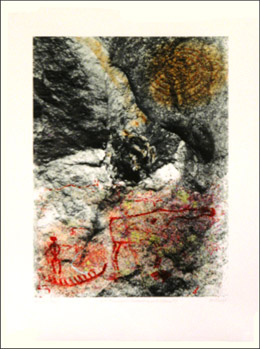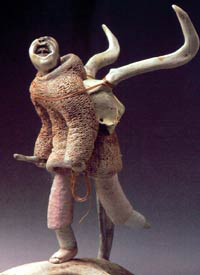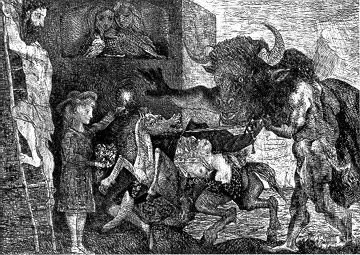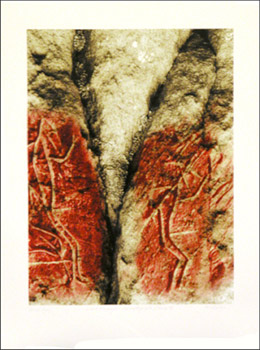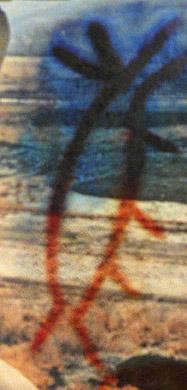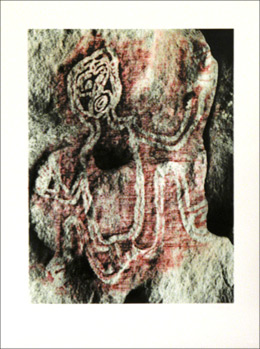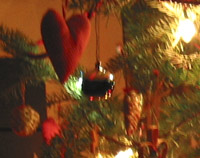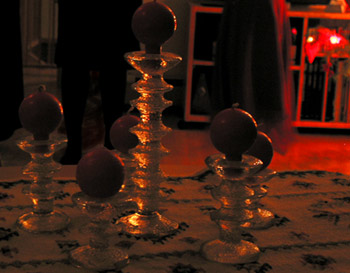a trip with friends
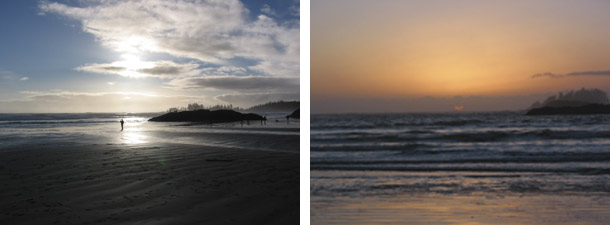
As I mentioned in the last post, our good friends from Denmark arrived last week for a visit! After a day of sightseeing in Vancouver, including a visit at the Museum of Anthropology, we packed up the car and headed over to Vancouver Island. The ferry from Horseshoe Bay to Nanaimo is always a pleasant way to begin a holiday with the wonderful mountain, island and ocean views.
As we drove west, we made stops at Cathedral Grove for a walk amongst the magestic old growth giant Douglas firs, and for lunch in the town of Port Alberni.
Our destination? Our favourite cabin retreat on the edge of the Pacific Ocean near Pacific Rim National Park. We had variable weather from a gorgeous sunset the first day, and a sunny morning the day we left. One afternoon and evening it rained very heavily, so we had a bit of everything, and we had a fabulous time with lots of long beach and rainforest walks!
On one wild beach, I even had an unexpected huge wave suddenly wash over my feet up to my knees in spite of a mad getaway run up the sand. I laughed with exhiliration even though I was aware in the back of my mind, and then by my husband’s concern, that I was very lucky I wasn’t pulled in by the undertow! Amazingly my wet feet inside my waterproof boots did not feel cold until much much later when we returned to our cabin.
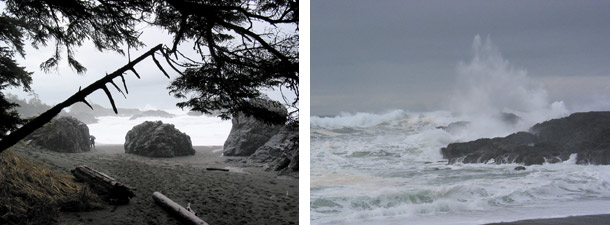
Connie and Jorgen fell in love with this area and understood why it’s a favourite place of ours which we visit so often (as I wrote about in 2004 and 2005.) We returned home happy and a little tired last night. Very early this morning we exchanged sad goodbyes bolstered by our happy shared memories.
Now I’m catching up slowly, beginning with a trip to the studio this morning to get my thoughts back to my art after a month off. At home I still have Christmas decorations to take down and pack up. The holidays, though wonderful, are now over and life is returning to normal – a good thing.
P.S. – Photos of this great week, all 150 or so beautiful ones, were taken by my husband!
